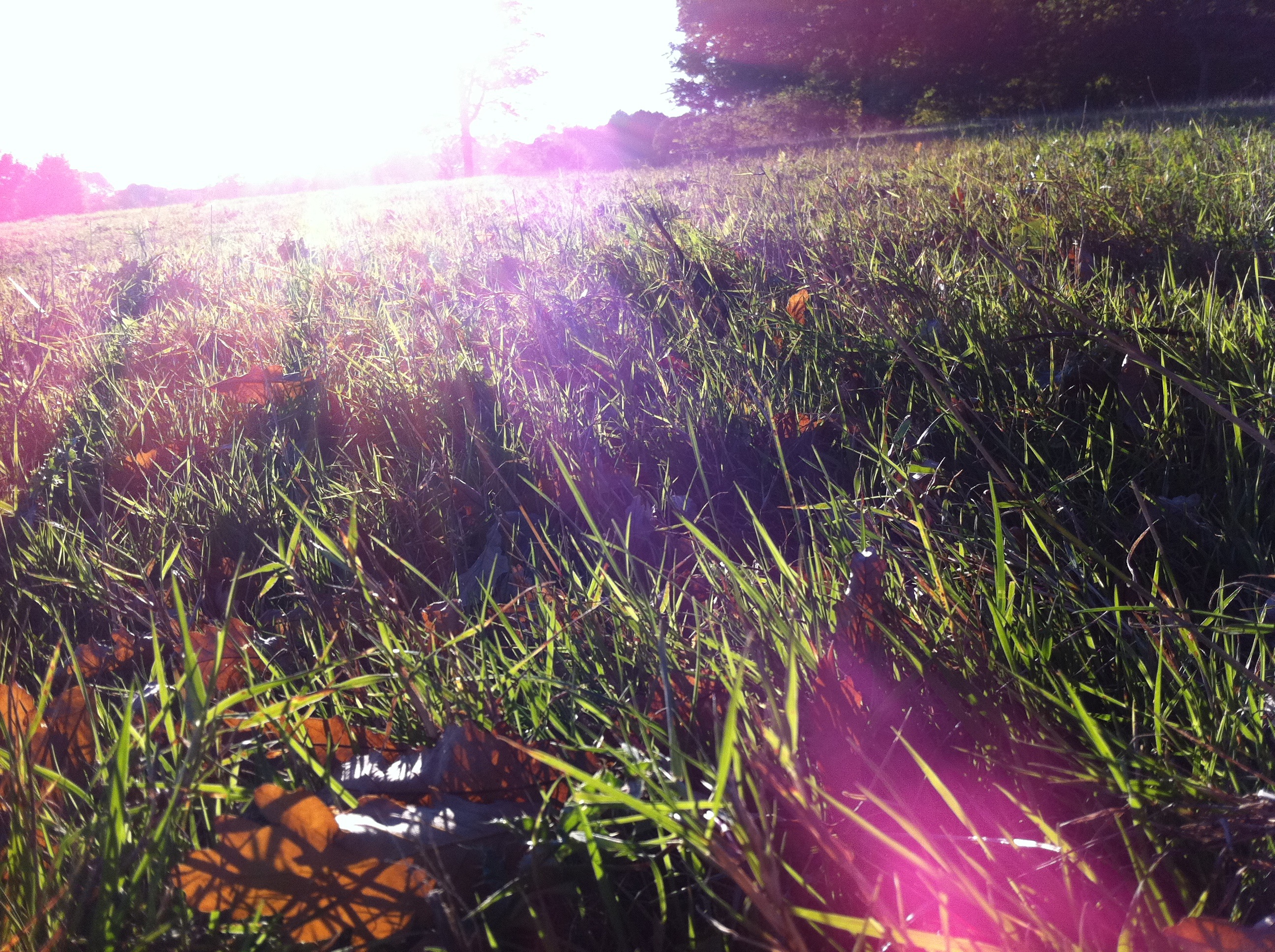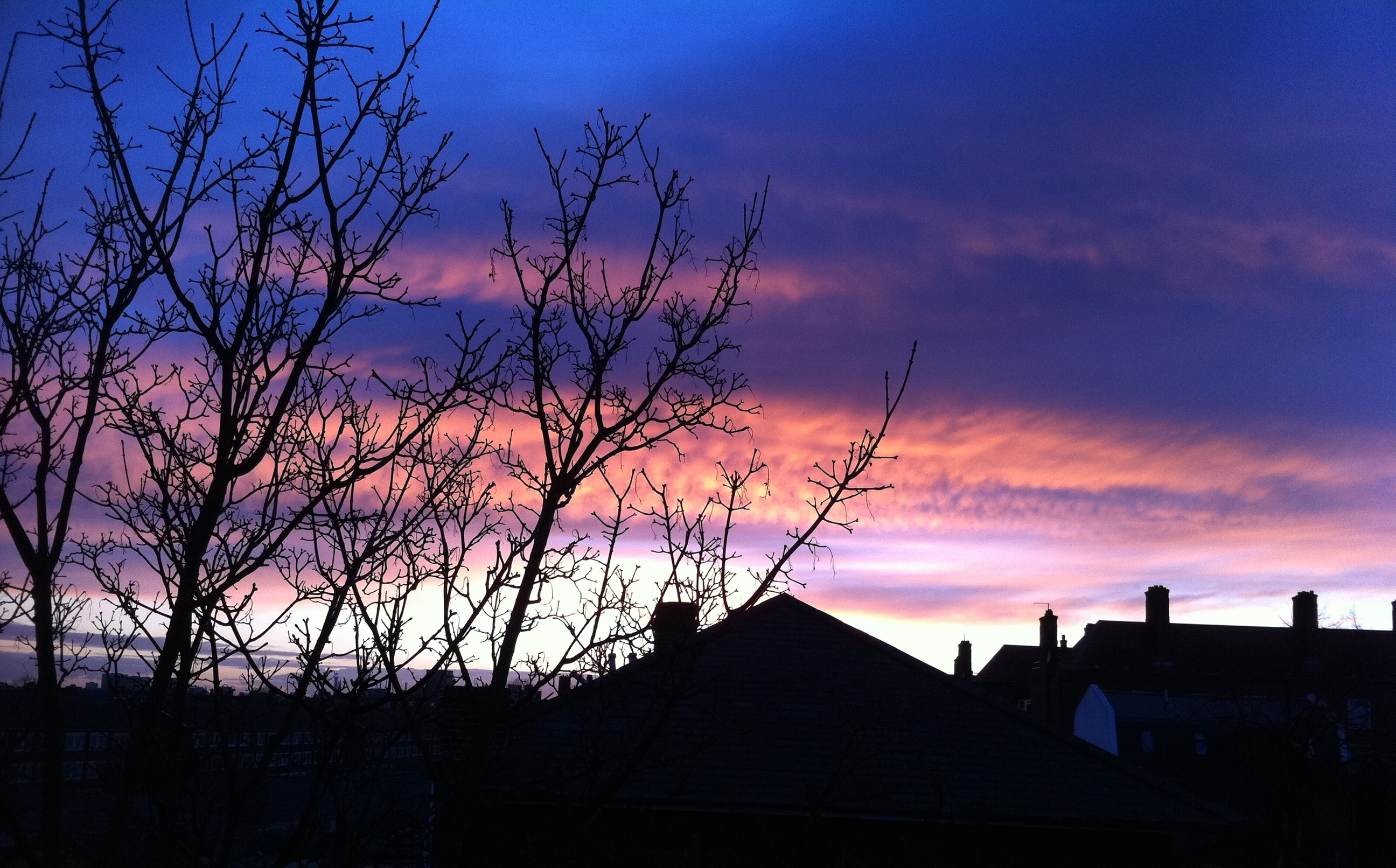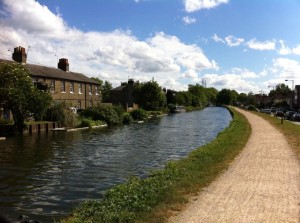You have no items in your cart. Want to get some nice things?
Go shoppingPart One: Outdoors
Where do ideas come from? It really depends who you ask. Plato would say they don’t come, they are in the heavens, wonderful and unreachable, and we can just hope to catch a glimpse and make do with that. But those are pure ideas, things like beauty, wisdom and kindness, and although magnificent – sorry Plato – they are a little big vague. When it comes to finding inspiration for creative output we generally need to narrow it down to something more specific. So after a lifetime of research, here’s my top five.

1. Hampstead Heath – T. S. Eliot, John Keats, Kingsley and Martin Amis, Doris Lessing, George Orwell, Evelyn Waugh, Stephen Fry, all the Freuds… it can’t just be that the area is posh and the houses enormous: the Heath calls out to genius and invites it to awake there. Hampstead Heath is unlike any other central London parks, here you won’t find gates or opening hours, there are no roses and hardly any daffs and there are parts of it where if you think you are lost, you probably really are. Morning joggers, dog walkers, pram pushers, weekend sun seekers and picnickers, this is a terribly trafficked area; but just like in Venice, step off the beaten track and serendipity awaits. If you find yourself looking for a place to sit and work on the heath, you might find Parliament Hill Fields, homaged by Silvia Plath in the eponymous poem, a little too loud, so why not climb a tree? Observing the passers-by from a different angle can be really interesting for those looking for inspiration. Besides, wait long enough and you might just bump into a ‘heathian’, habitual local tree climber and heath expert, be taken to a clandestine bonfire party by a pond in the thick of the forest, and dance till dawn in the moonlight. The Heath is a vast and anarchic space where people can do anything they like, and the only guardians I’ve seen there are paper ones, pretty much held by every frequenter.
2. London Fields – A completely different kind of park, this is the place to come and look at the young and multicoloured artists of tomorrow. On a sunny day this small, flat nothing of a park is literally invisible under the patchwork of blankets and the fumes of hundreds of mini barbecue kits. If you live in the area the chances are everyone you know will be there, and all of their friends too. Unlike other London parks this is not a contemplative place, it’s far too busy and loud for that. The kind of ideas you’ll get here are practical and shared. On a blue-sky day it’s like being at a festival: you’ll have a few beers, meet new people… only everyone here is involved in the art, music, fashion or publishing business, and everyone is ready for a new project. The London Fields local’s all too conventional way of being unconventional is the only downside here. At a first glance you’ll be surprised at how marvellously random everyone looks, but walk around the area for while and you’ll see that this common style is pretty much imperative here and essential to interaction. Not to worry though, bring any oversized piece of clothing and roll up the sleeves/hems: you’ll fit right in and get lots done. We’re here for ideas, not fashion!

3. A roof with a view – Alas! Not all of us have the luxury of a terrace or a climbable roof, but I suggest you start looking for your local height now. Ideas like coming out at night and now that we have ditched pen and paper in favour of laptops, writing in the dark is no longer a problem but a pleasure. Bearing in mind this is only really a possibility in the summer, this is really the most romantic way to be alone with your mind. If you find a spot that’s high enough you’ll be able to see a truly Poppinesque expanse of chimneys and slate tiles that’s too beautiful to miss in London. Besides, overlooking it all really gives a sense of control, which is often all that’s needed to concentrate, especially if back in the house things have gone a bit messy. A valid alternative to rooftops is the small and little known Dartmouth Park, between Archway and Tufnell Park station, which offers great views of London and is always really quiet. Although you might want to leave the laptop home after all, and stick to a less conspicuous notepad after dusk, the park is conveniently well lit.
4. London Waterways – Go to the doctor lamenting writers’ block and malaise and the first thing they’ll ask is whether you have tried physical activity of some sort. Well, have you? In the cold rainy days of winter this kind of suggestion will have me offended and looking for another doctor but come springtime and I’m the first to say that a bicycle is your brain’s best friend and you should head for the countryside as often as possible, taking one of the many canal routes that cut right through the city and off to the country. You can start in Little Venice, Angel, or Clapton, but the best route is the one following the river Lea (or Lee) all the way past Edmonton and to the farmlands. Immerse yourself in nature and feel your heart pump blood to your brain. The good ideas you’re after should follow shortly.

5. Cemetery gates – Ah, the gothic side of England! Radcliffe, Shelley, Brontë and Shakespeare would all agree: what is there not to like about cemeteries? London hosts some of the best graveyards in the world and they’re a splendid place to sit and work, enjoying our turn at life, making the most of what we have, and absorbing some inspiration from our predecessors. The best known and most loved in London are known as the Magnificent Seven. The most famous of these, and the first one I visited, is Highgate cemetery, a thoroughly suggestive, wild, sloping mass of tombstones over tombstones, home to Karl Marx and George Eliot. Other much grander, much better kept favourites of mine are Kensal Green, where William Makepeace Thackeray rests, and Brompton cemetery, based on Saint Peter’s square in Rome and original burial site of Long Wolf, American Sioux Indian chief who fought in the Sioux wars. But perhaps the most peculiar of the Seven is Abney Park. Victim of much vandalism in the past, this is a much-loved community spot tended by volunteers and used by the locals in a number of different ways. On a weekend you’ll find it buzzing with life as people pick elderflower and blackberries from the bushes, chitchat pushing prams, play guitars and adorn the trees with ribbons and notes, giving the cemetery an eerie or cheerful air according to the changes of light. Located in the middle of fancy Church Street in Newington Green, among vintage and organic shops, Abney Park is terribly alive, and the happy connubial of the living and the dead cannot but inspire equally bizarre and striking ideas.
Faye Fornasier





